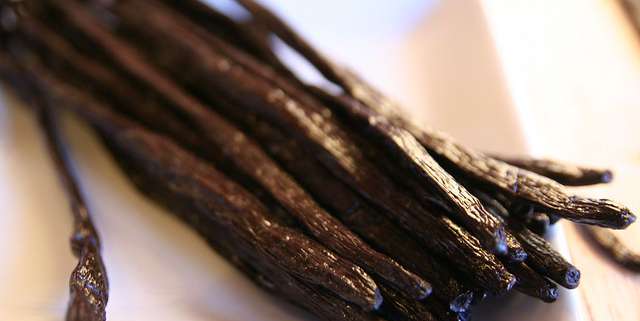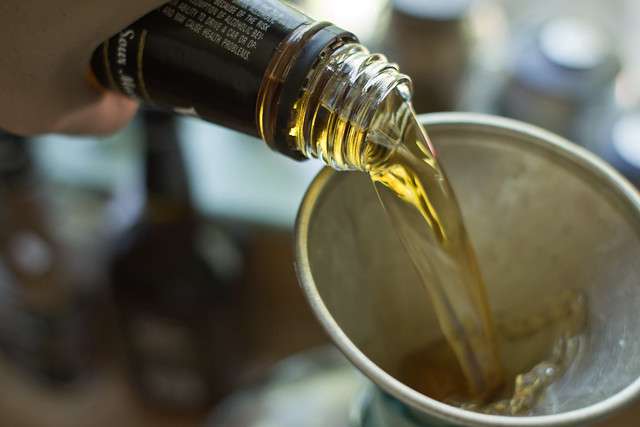
Monitoring the quality of vanilla extract is necessary for maintaining product reputation. Image Source: Flickr user Cooks Vanilla
Fall is finally here and pumpkin spiced lattes, Halloween decorations, and caramel apple scented candles are making their way into retail shops around the country. For me, fall is the time for baking and filling my home with the sweet smells of freshly baked pies or breads. Local supermarkets are ramping up their baking aisles with the quality ingredients consumers seek for all their fall baking needs and I am stocking up now as sales on these goods arise.
Much to my despair, after taking inventory in my pantry I realized that my vanilla extract had run dry after last year’s bake-a-thon. This ingredient is a must in many of my most prized family recipes, so shopping for a quality extract is a top priority of mine. However, if you want the “real” stuff you will have to pay for it; pure vanilla extract prices have skyrocketed over the past several years due to a shortage of vanilla bean product on the market. This labor intensive crop already has a high market value, but the effects of the shortage are now causing prices to peak at more than $600 a kilo and consumers are seeing this inflation first hand1. As a result, we are now witnessing an increase in imitation vanilla products. But despite the rapid rise in cost, consumers like myself are still seeking out high-quality vanilla extracts and are willing to pay a higher price for improved flavor.
Current industry regulations fall short on monitoring the quality and purity of vanilla extract, but new advancements in instrumental analysis are showing promise for better methods of quality control, helping manufacturers produce extracts worthy of their high prices. Monitoring vanilla extract quality using spectrophotometric instrumentation is essential to ensuring only the highest quality are released into the marketplace.
Regulations and Variations in Vanilla Extracts
The Food and Drug Administration (FDA) does have regulations in place that govern the production of vanilla extracts. However, the current evaluation methods do not account for the many variables that affect taste and quality. Currently, the FDA only requires two or more units of vanilla beans per gallon in a minimum of 35% alcohol to 65% water mixture for a product to be labeled as pure vanilla extract”2. Within this formulation, “pure” vanilla extracts may also contain various stabilizers, sugars, corn syrups, and/or caramel color additives to enhance the flavor, aroma, and visual appeal of the product. However, these additives can also affect both quality and taste. Because the FDA does not require the percentage of additives to be listed on the product label, consumers are unaware of what exactly they are buying.
There are also many variations in the way vanilla extract is produced. Extraction techniques and processes, as well as the grade of the vanilla beans themselves, all play a significant role in determining flavor and quality. Advanced instrumentation is crucial for developing the highest quality product and meeting the expectations of discerning customers. Understanding various processing techniques and analytical applications can increase both the value and appeal of vanilla extracts.

Variations in extraction and processing techniques affect the quality and flavor or vanilla extract and must be carefully monitored throughout production. Image Source: Flickr user Brian Boucheron



